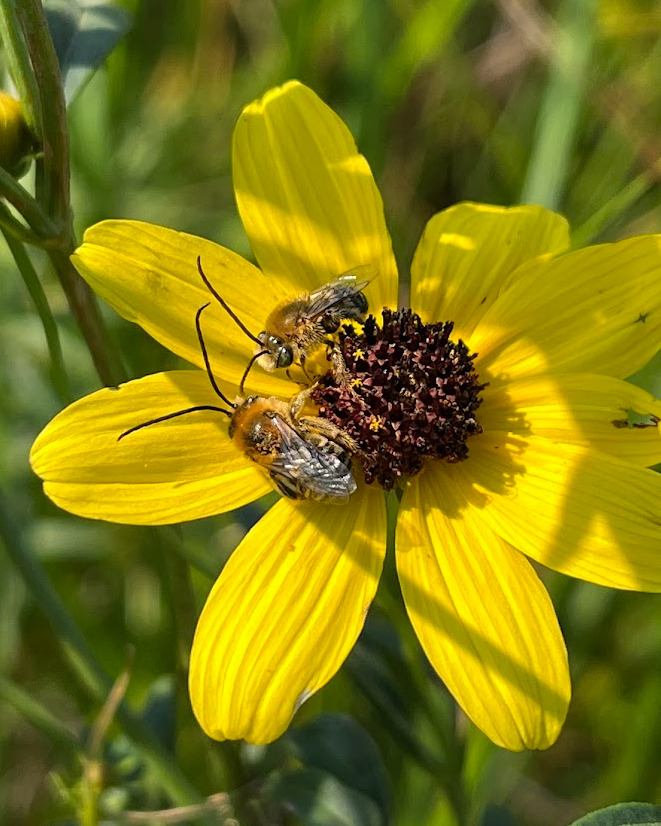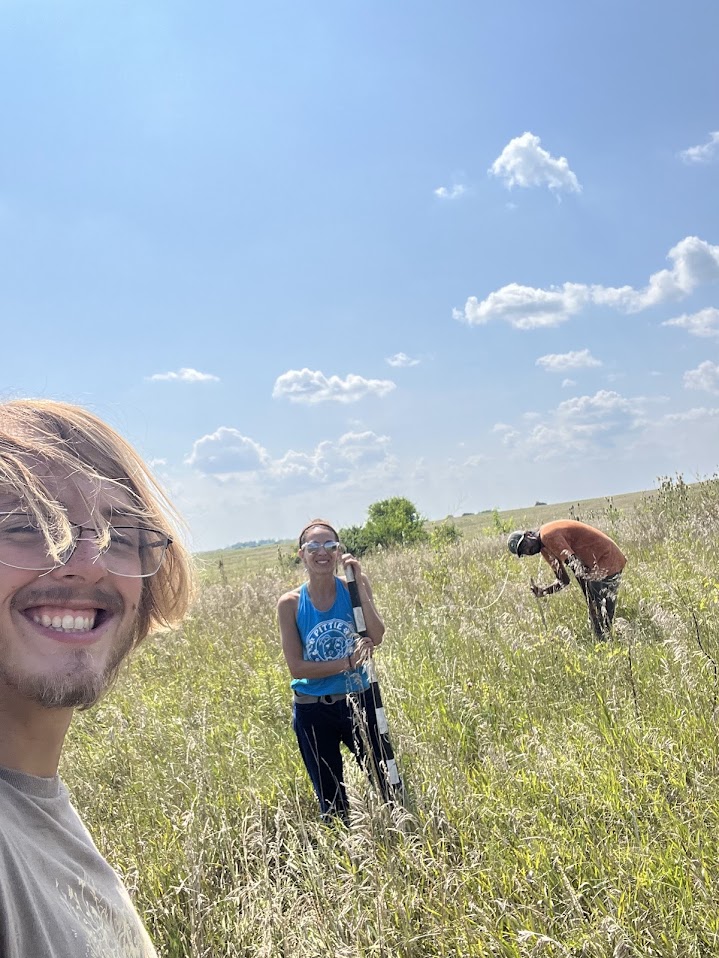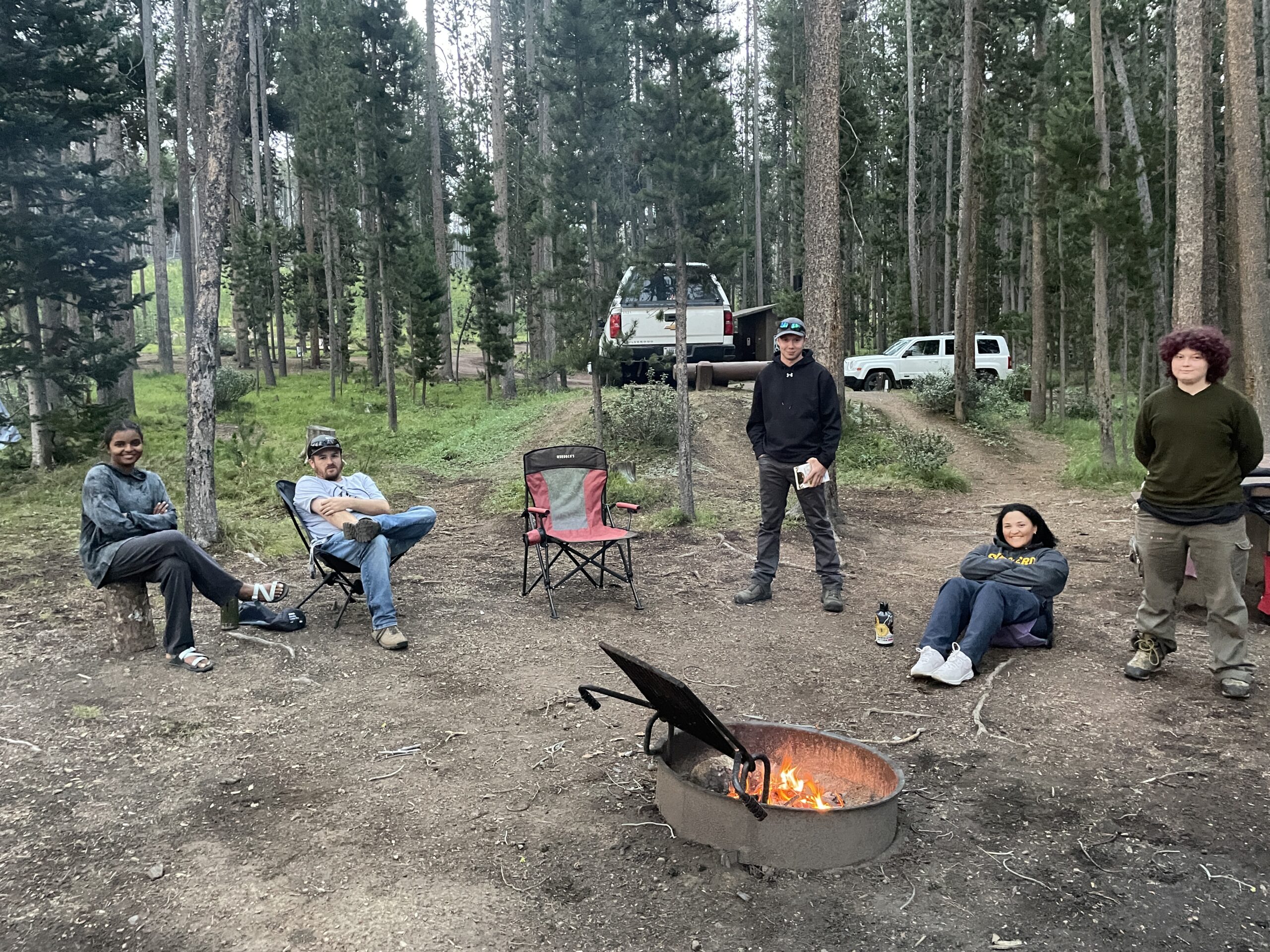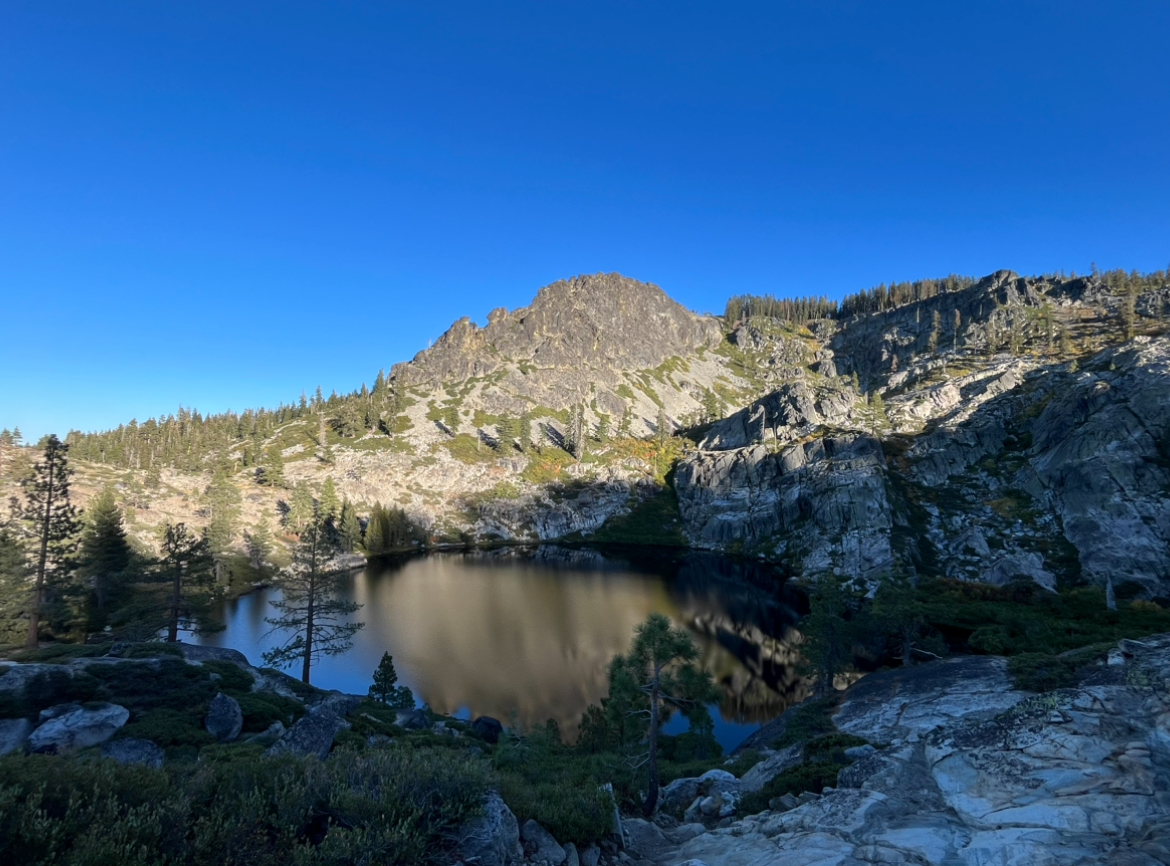As we wrap up the ending of our season, skeletons and pumpkins have begun showing up in neighborhoods and grocery stores. More relevantly, the cooler shorter days are causing rapid changes in chlorophyll production for deciduous trees adding to the spooky theme. Carotenoids – associated with yellow and orange, and Anthocyanins – reds and purples, are peak transition. Drives through the canyons, specifically Logan Canyon, have been breathtaking. The transition that aspens and maples make happens every fall but, never seems to get old.

At the tail end of our internship, we’ve completed our remaining Native Plant Material (NPM) harvests consisting of Agastache urticifolia (Horse Nettle), Asclepias syriaca (Milkweed), and Rudbeckia occidentalis (Western Coneflower) quickly followed by packaging and shipping them out to Couer d’Alene nursery. Our first time sending seed seemed to take all day but, as the season went on we quickly adapted and have been able to speed the process up so much so that it only take a few hours at most. We’ve come a long way to say the least.

In the last few weeks we’ve mostly worked from home to ensure we tie up any loose ends and end the season with a proper final report for both the CBG and FS crews. This consisted of reviewing our data and polygons via Field maps, editing our mid season write up, and computing basic stats – because agencies love their numbers. Numbers are imperative if we want to receive any kind of funding and continue doing what we’re doing. We’ve also been compiling and organizing all of the materials we’ve used and created in preparation for next seasons interns.
Being the first set in this forest has been both challenging and rewarding but, mostly the latter. We’ve truly accomplished so much in a short amount of time. I’ve learned what it means to be a botany technician, as well as what it takes to be a specialist grade botanist for the FS and what that career path may look like. The skills I’ve developed and experiences I’ve had while participating in this internship have already been added to my resume and will only help me take my next steps as a budding botanist. I’ve also learned a lot about federal agencies and would like to have the opportunity to officially work for one as I progress in my career despite it’s seemingly impenetrable hiring process.
We couldn’t of had the amazing season we did without the botany department and mentorship from UWC. Thanks to our mentor, we were able to work under the other botany technicians on multiple projects of varying sizes, learned how to create high quality federal resumes, and collaborate with many other FS departments among many other projects and skills.
Our final, larger scale task consisted of a teaching opportunity to a class of FS job corps students about the ins and outs of the seed collection crew. After creating our lesson plan and presenting, the following day, we acted as team leads and coordinated a large group for our final seed harvest. It was our biggest harvest yet, as we had 20+ people helping with collection. It was a fantastic way to end our NPM collections.

The wonderful thing about this position was that I was passionate about what I was doing. I’m fortunate to say that I loved what I did and what this work will mean for future restoration projects. I know I’ll look back on this internship with fond memories. Thank you for the amazing opportunity!


































